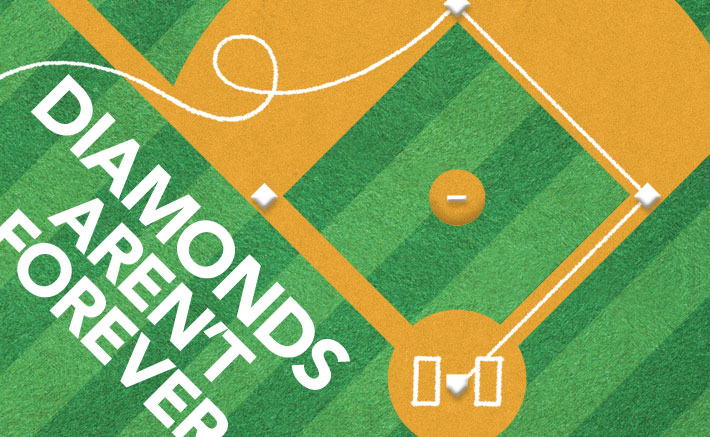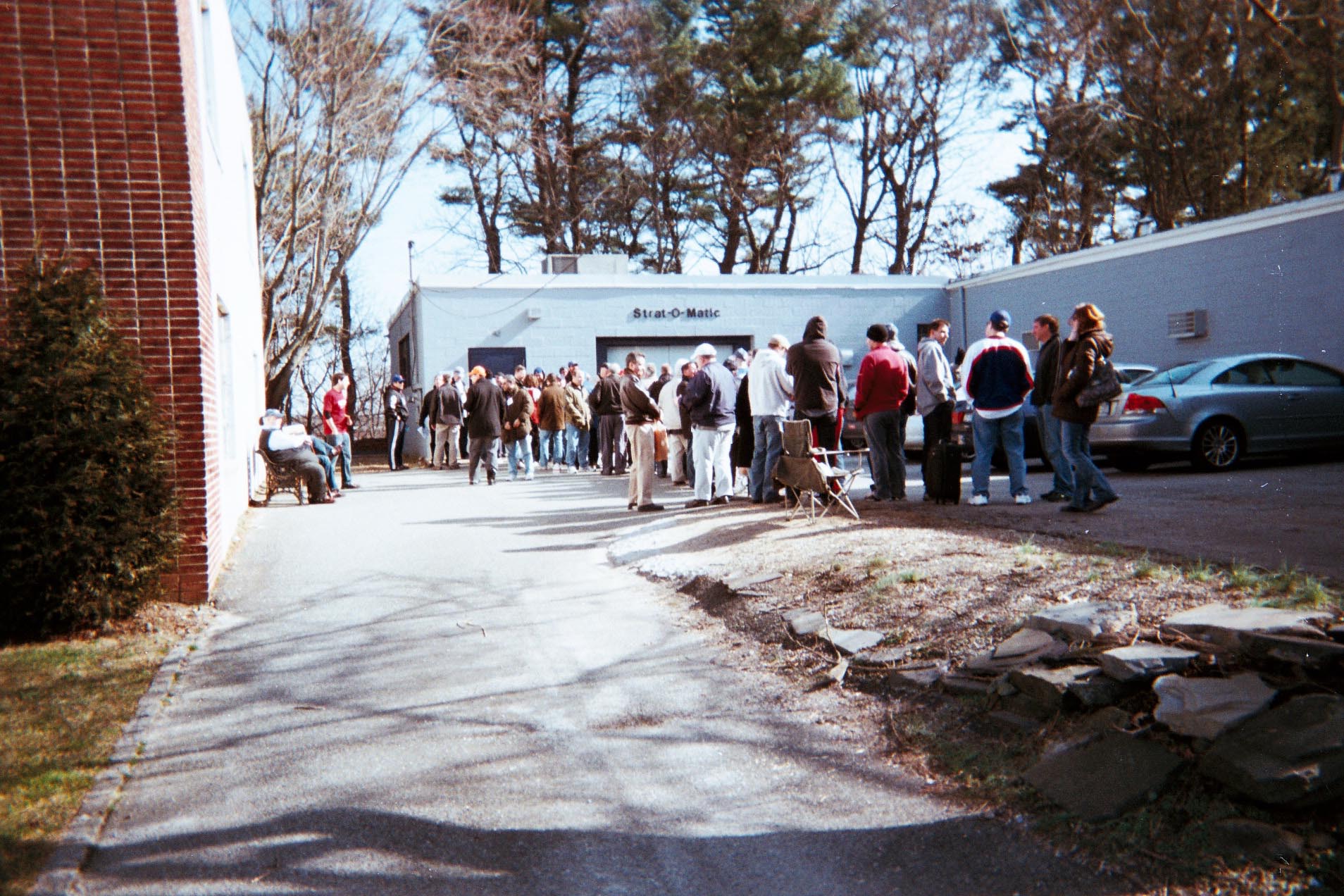
Larry Izzo is a professional baseball scout who watches hundreds of games every year. He’s on the road 250-plus out of 365 days, often traveling in freezing cold weather or driving rain. He goes from high schools to colleges and back to high schools each spring, hoping to find the next star baseball prospect. He’ll be in Staten Island one day, Parsippany the next day, and up to Rochester the day after that.
And Izzo spends ample time each year scouting Long Island.
Since 1982, Izzo has scouted for Major League Baseball’s scouting bureau and individually for numerous professional teams—the Texas Rangers, Arizona Diamondbacks, Montreal Expos/Washington Nationals—and he currently serves as the Northeast Area Scouting Supervisor for the New York Mets, covering all of New York and New Jersey: a region with nearly 2,000 high schools and 200 colleges.
He is constantly searching for players from both high school and college—ranging from Buffalo to the Jersey Shore—who have a chance to continue their baseball careers at the next level, which includes six tiers of minor league baseball before reaching the Majors. The goal is for a draftee to eventually become one of approximately 1,200 players each year who is assigned to a Major League team’s 40-man roster.
“We’re looking for athletic kids that have tools: throwing, running, fielding and hitting,” Izzo tells the Press from his home in Deer Park. “But probably the most important part of the athlete is his makeup.” (Baseball “makeup” is often defined as a player’s intangibles other than strictly his performance on the field including his understanding of the game, will to win and ability to deal with failure.)
Though not known as a baseball powerhouse like southern California, for example, Long Island boasts a passionate baseball fanbase and a large number of amateur players. A handful of quality Long Island ballplayers have even reached the big leagues, most notably Carl Yastremski, Craig Biggio, Frank Catalanotto and Frank Viola.
But it really is only a handful.
Long Island has 121 high school baseball teams, 65 Little Leagues and countless summer travel teams, all of which consist of at least 15-25 players. While many players have been drafted—including six in this year’s June MLB Draft—only 49 Long Island-born players, the majority of whom hail from Suffolk County, have played in the big leagues since the game turned from amateur to professional in 1869.
Almost every young boy begins playing baseball in tee-ball at age 5. Most play in their local Little League and a select few are chosen for the travel team. These players often play on high-profile summer teams before trying out for their high school team. The competition gets better, and it’s rare for even one player per team to earn a college baseball scholarship. Between the ages of 18 to 21, a player will have a good idea of whether he has a shot at being drafted.
Lately, playing baseball in general has changed—not the game itself, but more so the extracurricular activities associated with the game. Parents often invest thousands of dollars in their sons for private lessons, the latest equipment, travel teams and workout supplements to provide the player with maximum exposure. Baseball showcases group many college and professional scouts together, but these events can cost the parents $100 to more than $500, and even so, there’s no guarantee that their son will make it to the Majors.
The most important factor is actually luck. A player first off needs to be noticed by a professional scout, like Izzo. Barring injuries, the player must then prove he has what it takes to be one of approximately 1,500 players selected annually in the MLB draft, although there’s no guarantee they’ll ever make a team’s roster. That figure may not sound like a lot, but think of every high school and college team in the country that has at least 20-25 players and it’s mind-boggling.
MLB Northeast Scouting Supervisor and South Hempstead resident Pat Shortt characterizes Long Island’s crop of potential Major Leaguers as “fair.” Part of the reason for this label is that the region only has a few good weather months per year. In contrast, Shortt characterizes the Southeast, Southwest and West Coast regions of the country as “excellent” in producing the best players, since they can play everyday.
“The high school kid in Florida is ahead of the high school kid up here,” says Izzo. “Are they any better? No, but they’re ahead because they play.”
Both Izzo and Shortt have large assigned regions, so spending all their time in a “fair” region like Long Island would be futile. Izzo often finds many talented players in New Jersey, while Shortt, whose territory includes seven Northeast states, can’t ignore the baseball quality of Massachusetts.
Since so many kids play baseball, seeing every single prospect is impossible. But with the technological boom, the task is much less daunting.
“Very few kids slip through the cracks nowadays because there is so much manpower out there seeing high school baseball,” says Shortt, who scouts anywhere from 20-25 Long Island baseball players each year.
Though scouts often focus on a particular mold—6+ feet tall, 185+ pounds—exceptions to this frame do occur. Just because a player fits the mold doesn’t mean he automatically experiences success. But these players are given the chance more frequently than someone who doesn’t fit the mold.
“There are kids who didn’t get drafted that are probably better than the kids we’ve signed,” says Izzo.
Baseball players are eligible to be selected straight out of high school after graduation. In contrast to basketball and football, this opportunity further increases the number of available ballplayers in each year’s draft. Still, the ones who do get drafted will face a long road through the minor leagues before they step onto a big league field.
“Not many of them are ever going to play a day of professional baseball,” Shortt says.
While the odds are against many Long Island baseball players in achieving their ultimate dream, Izzo and Shortt agree that the Island is full of prospects. For those not fortunate enough to be drafted, baseball can still provide vital lessons such as teamwork, camaraderie and sportsmanship that will be valuable in any career path.
Long Island Press profiled four baseball players from the recent past who have achieved varying levels of success but have also seen their dreams derailed in some fashion. For Steven Matz, Matt Prokopowicz, Joe Van Meter and Lou Picconi, baseball diamonds aren’t forever.







